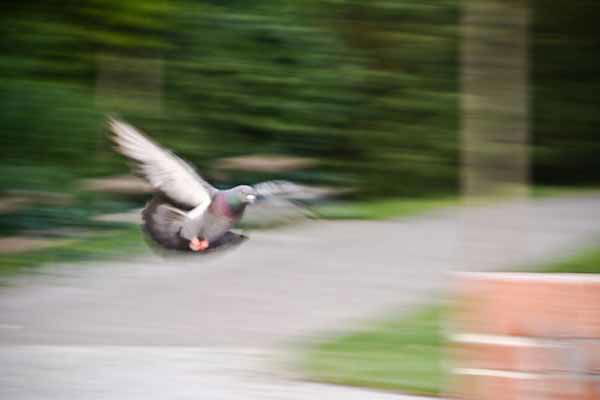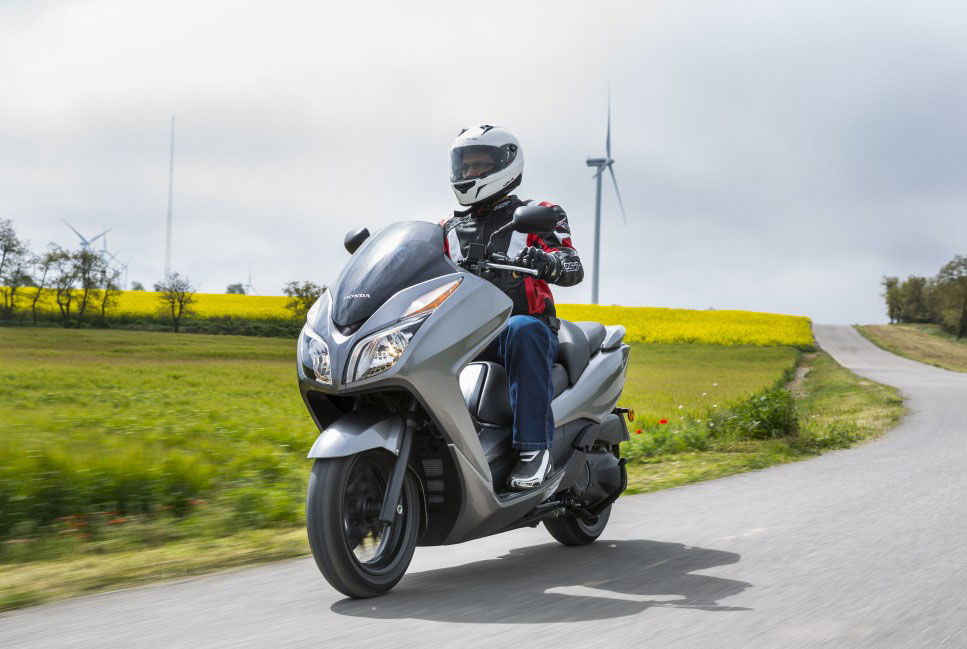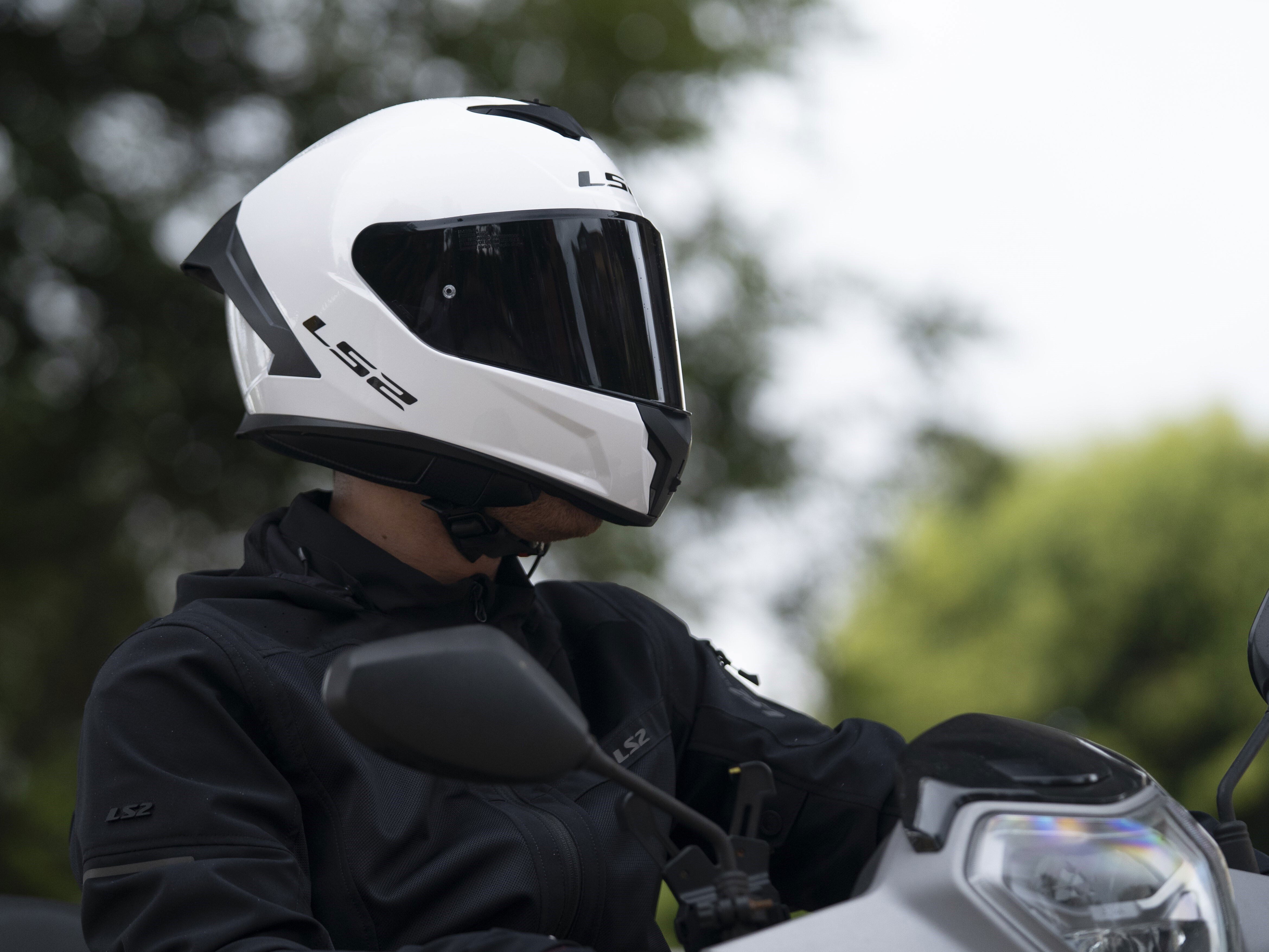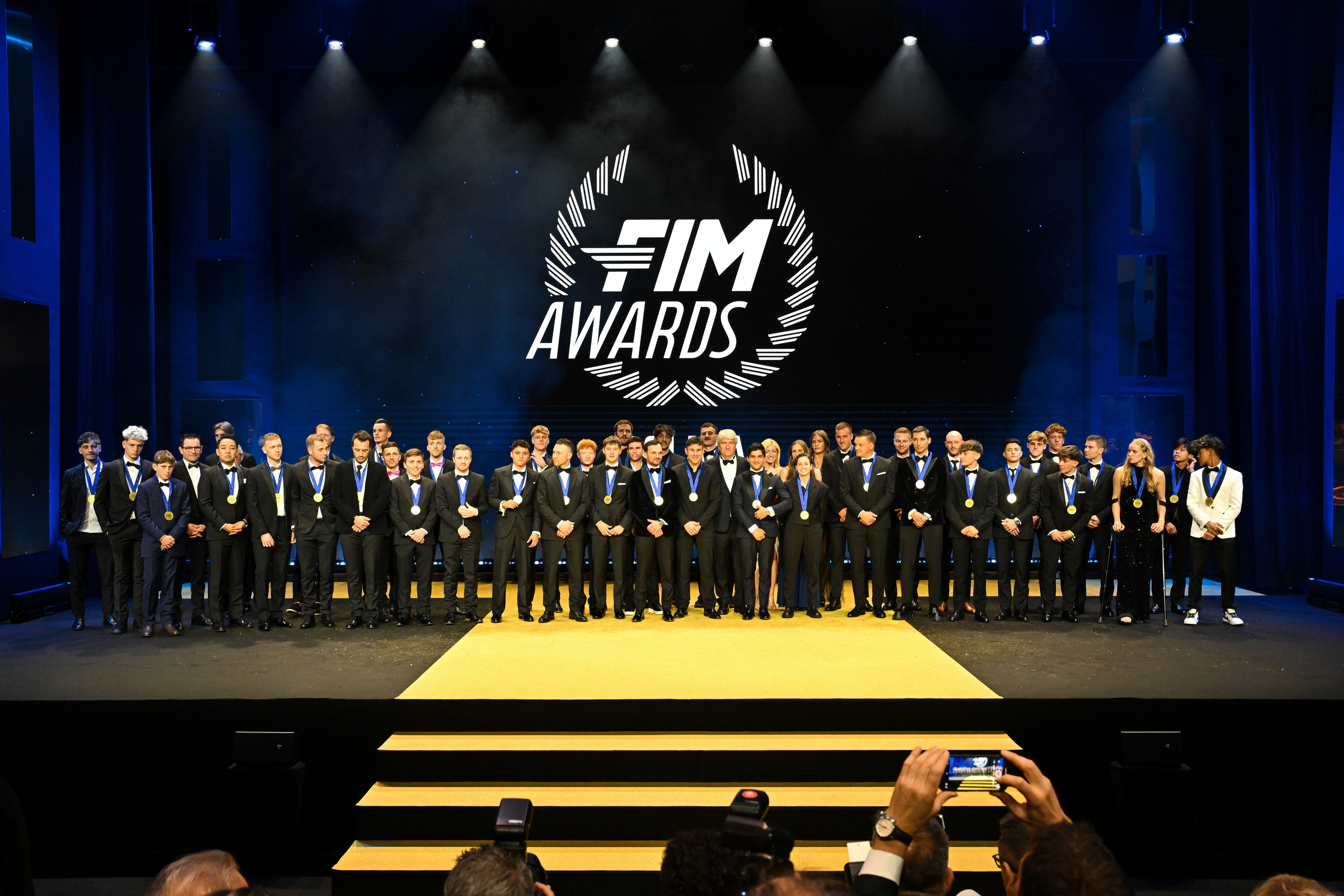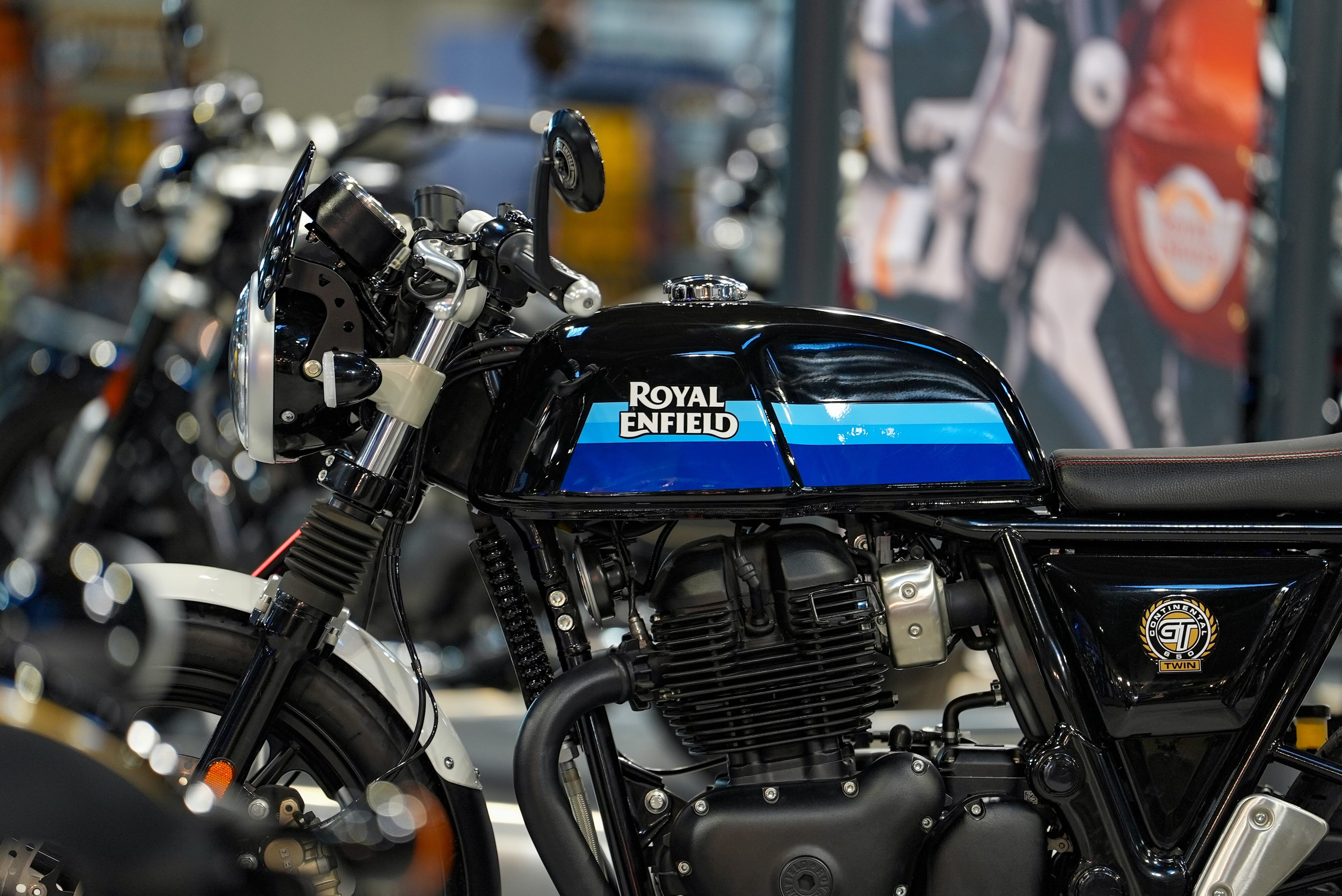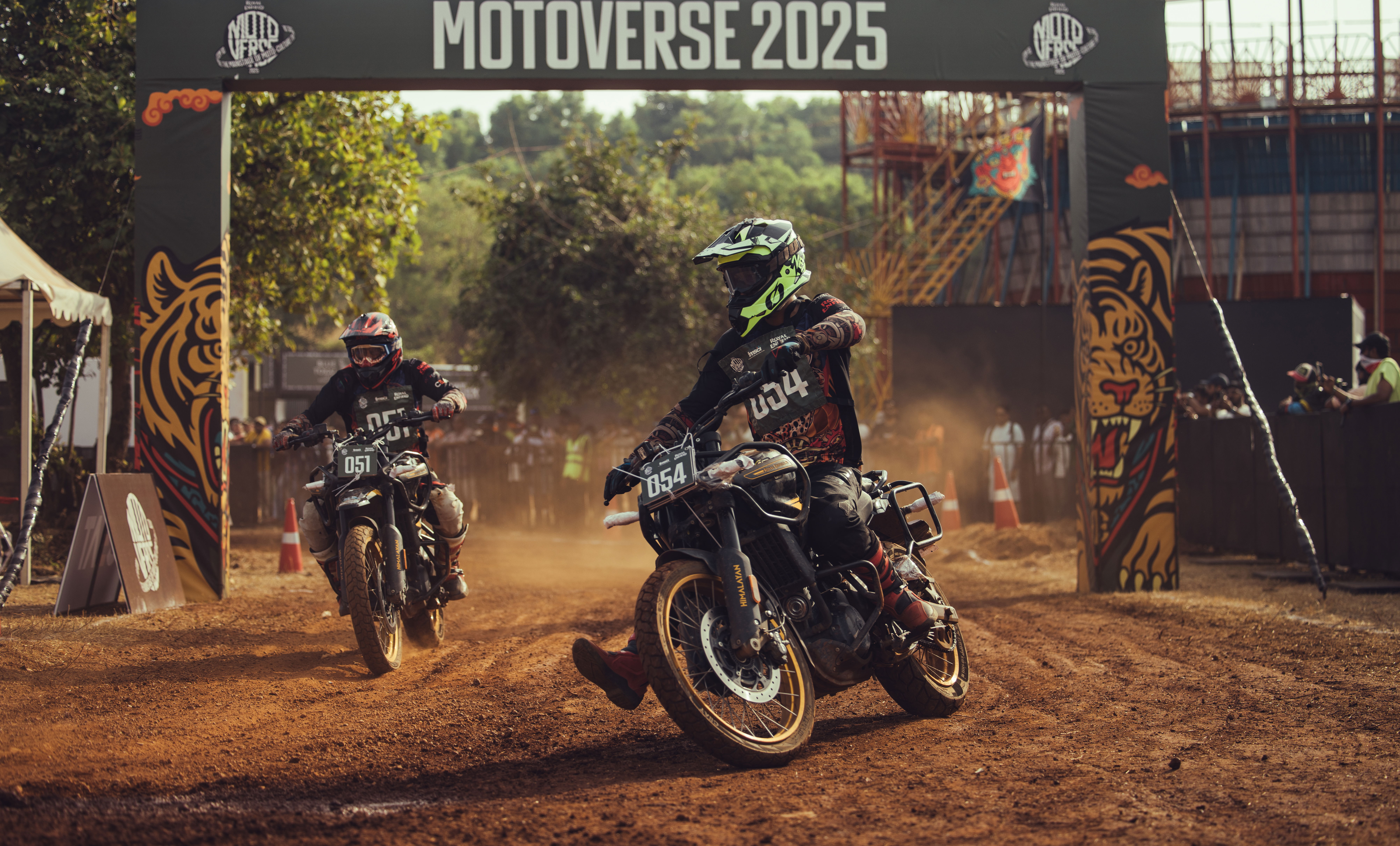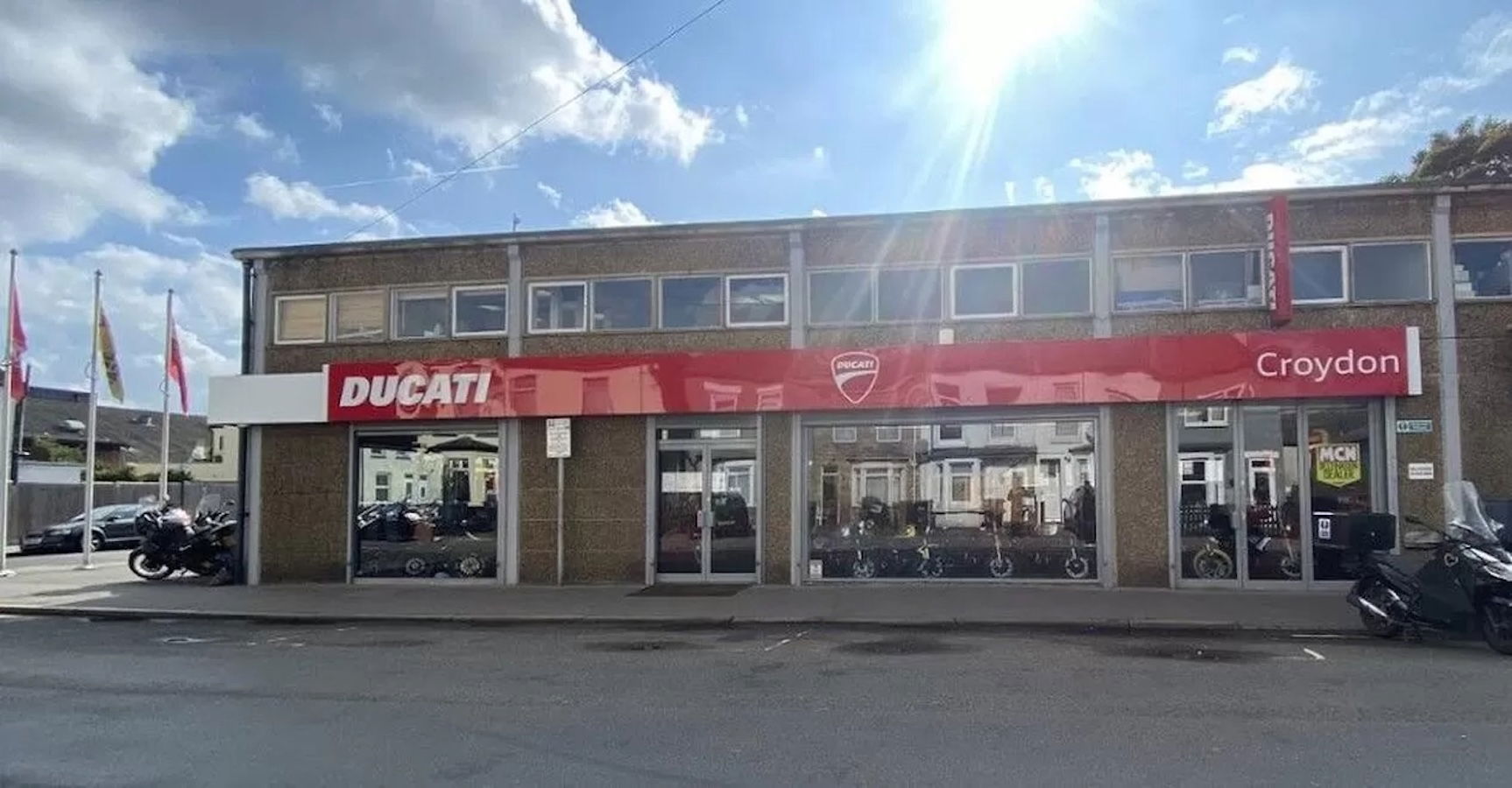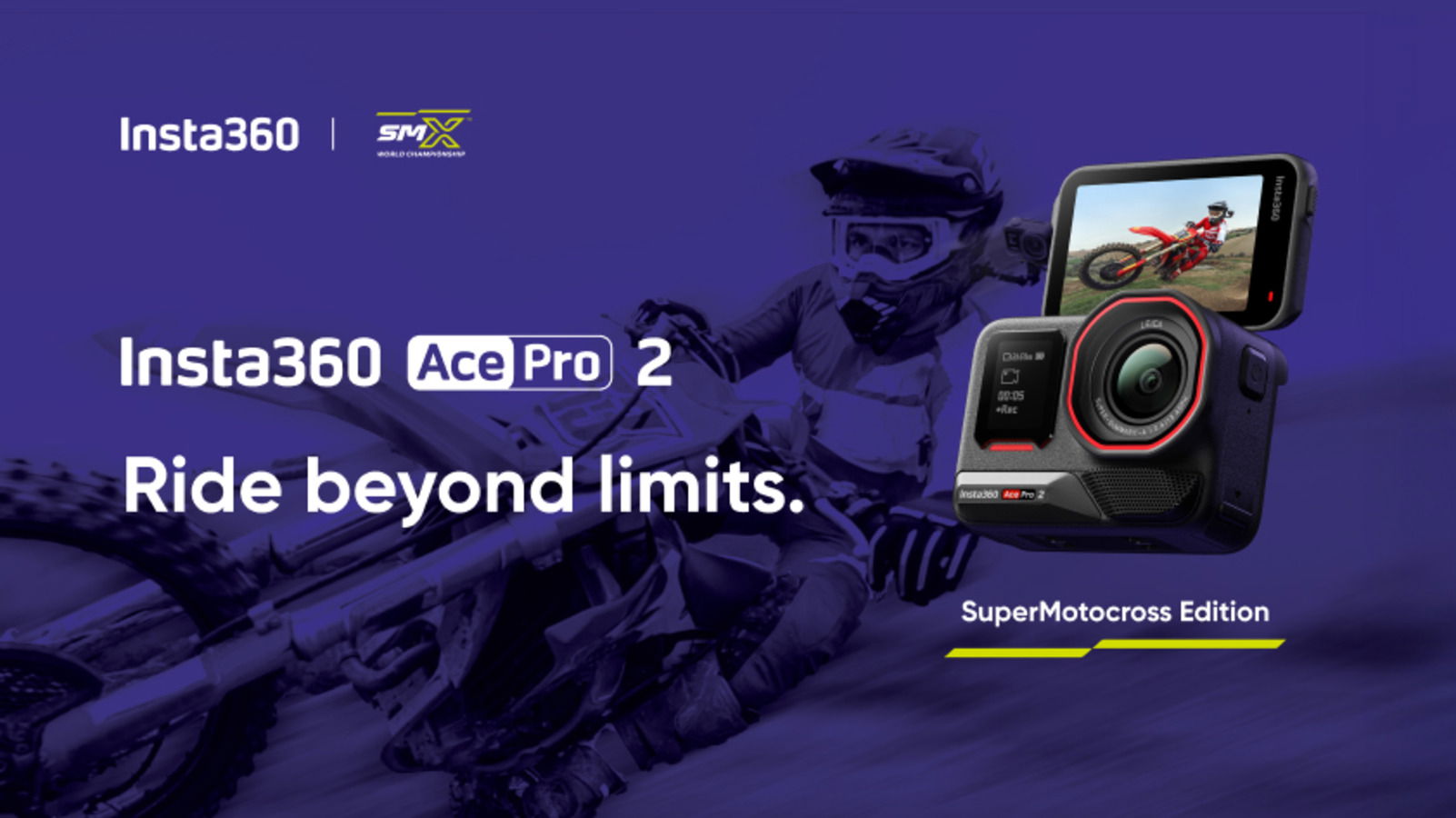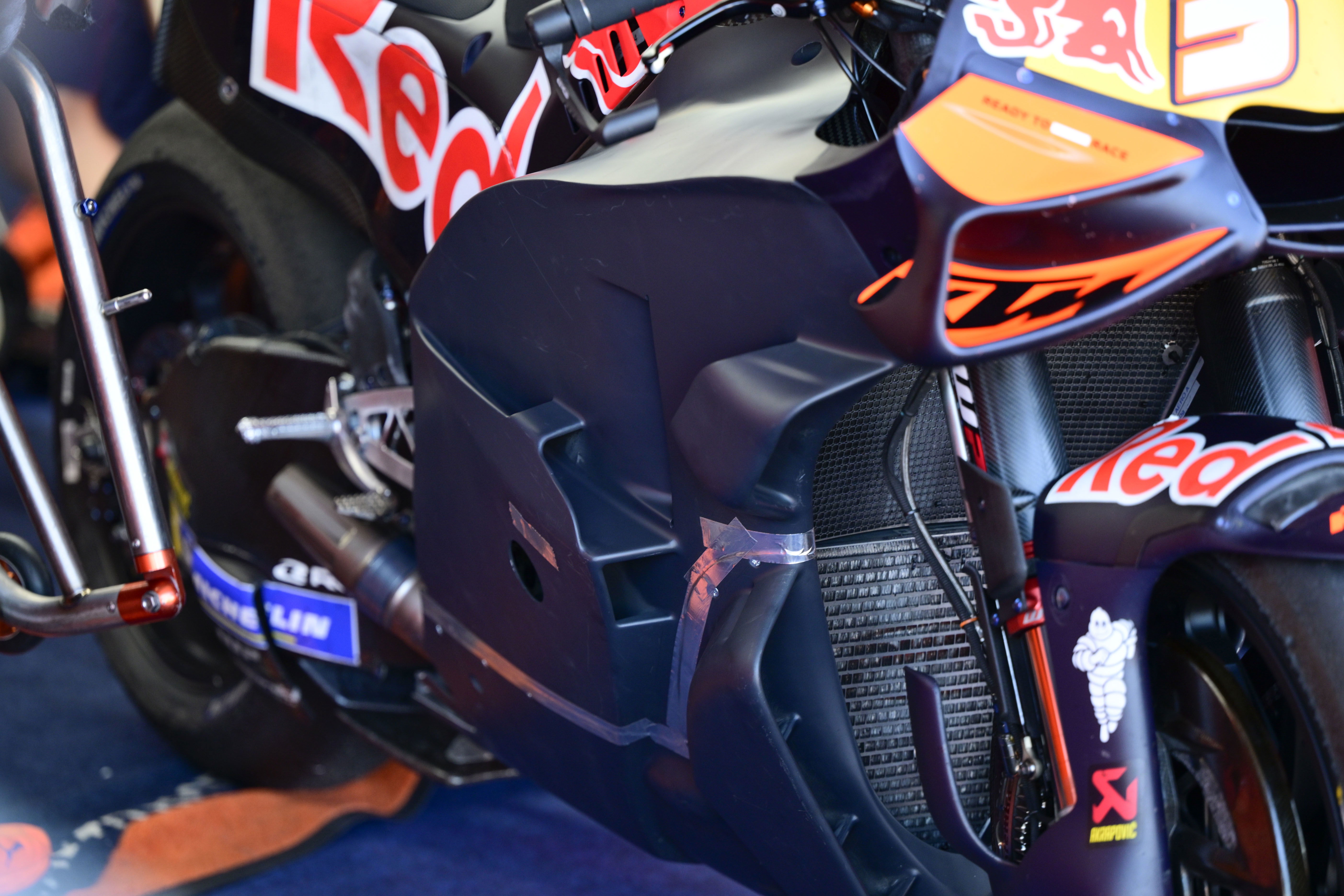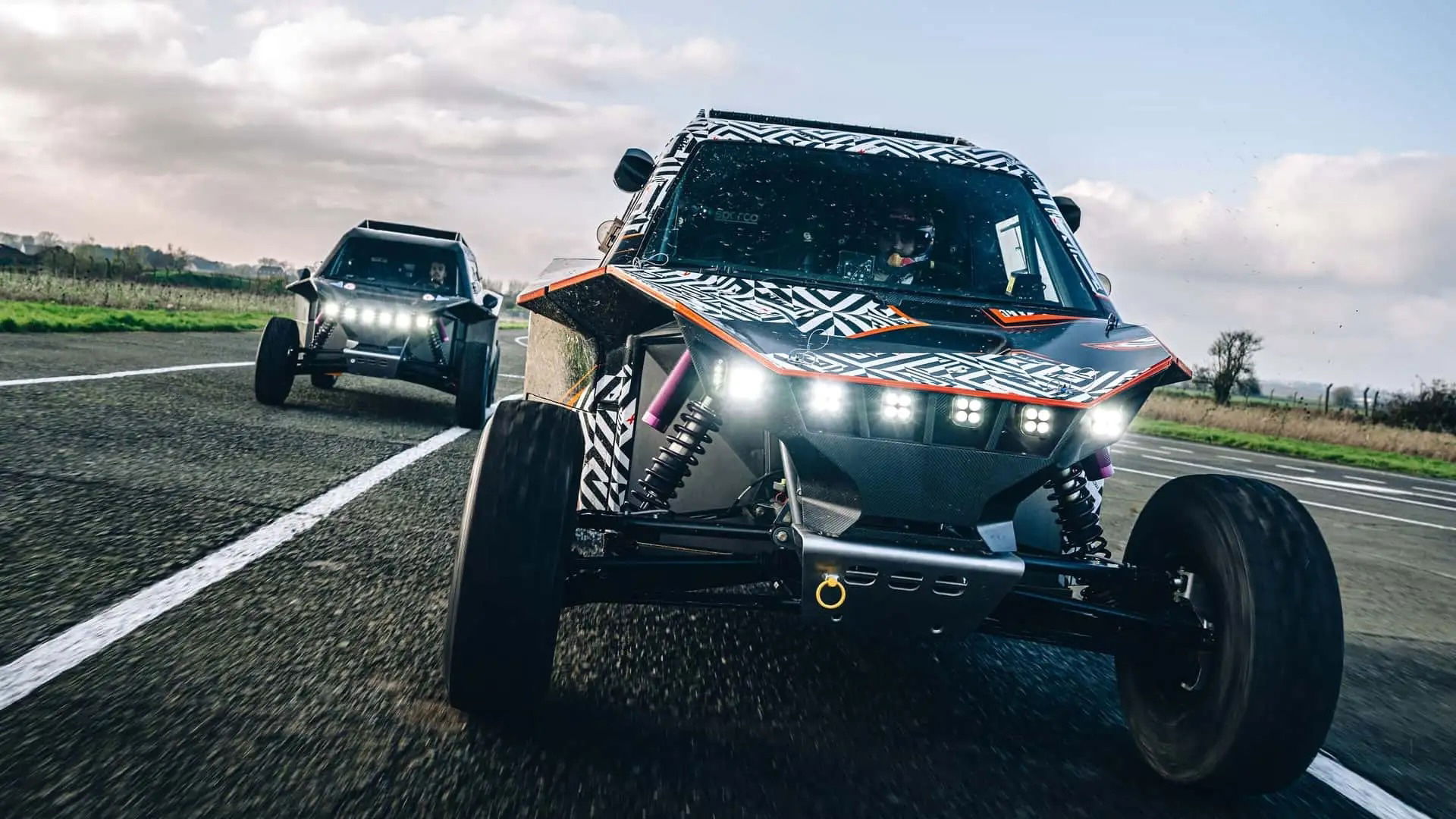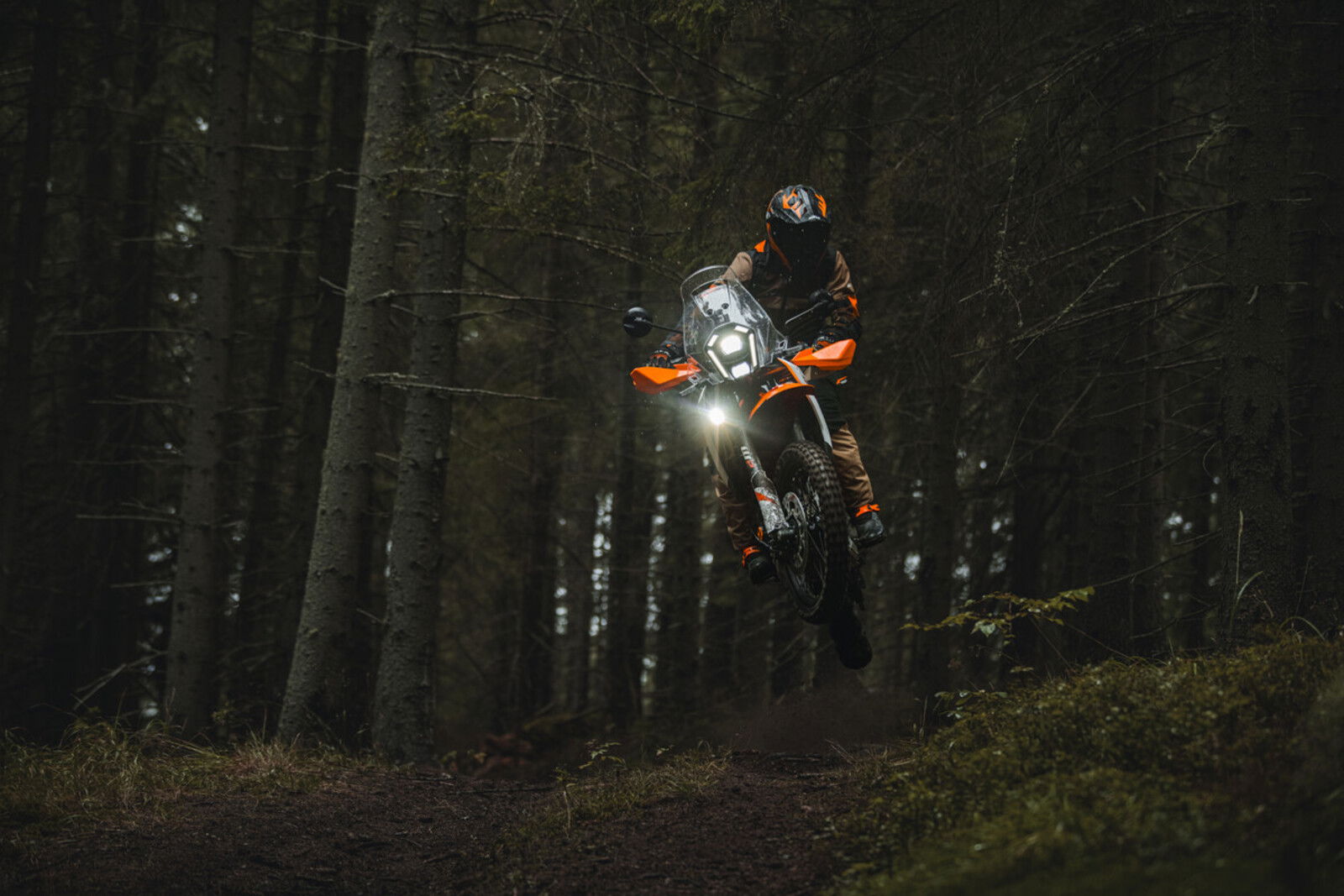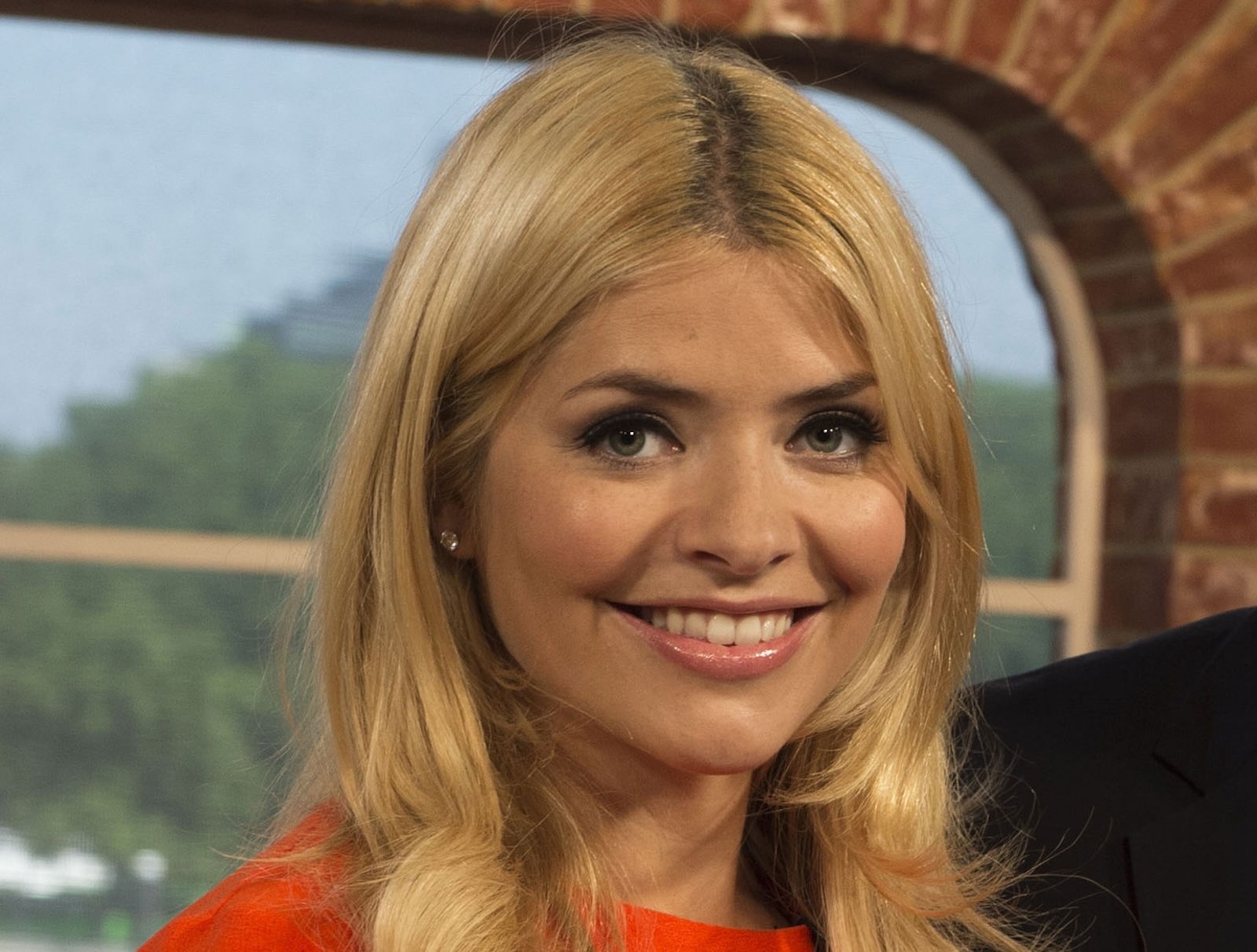Learn to ride with Visordown: CBT
Compulsory Basic Training's the first and probably most important day of your biking career. Here's what to expect on your CBT

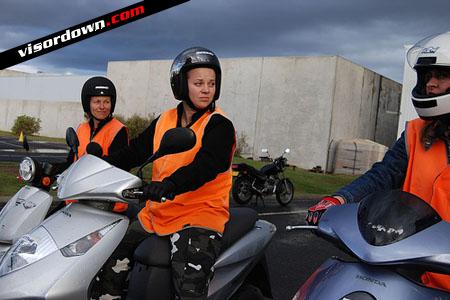
The CBT site...a safe place to learn, make mistakes and have fun!
ONCE YOUR provisional licence has dropped on the door mat you're next step is to undertake Compulsory Basic Training. CBT was introduced in 1990 with the aim of reducing the high accident rate amongst novice motorcyclists by giving new riders a structured training course on learning to ride a motorcycle.
And it's worked. The accident rate amongst low-experienced bikers has plummetted since the course was introduced and Britain now produces a better standard of new rider than ever before. So what can you expect when you turn up for your first day and how can you best prepare yourself?
Every CBT course must be run by an Approved Training Body at a designated CBT training ground. The course lasts as long as it takes to complete. Experienced off-roaders usually get through in a day and total novices may take longer - sometimes as many as three or even four days! Aim to arrive a little early and ensure you've got both parts of your licence and some photo ID if needed. Taking a packed lunch is a good idea as many schools don't have facilities. Ask when you book.
CBT consists of five elements:
A. introduction
B. practical on-site training
C. practical on-site riding
D. practical on-road training
E. practical on-road riding
Element A - Introduction
Once you've arrived at the training school the instructor will want to see your documents. Usually a photocard licence and counterpart will be enough but some schools also insist on another form of ID, so take one along just in case. A passport's usually best.
You'll then be asked to perform an eyesight test. This entails reading a car number plate from 20.5 metres or 67 feet. If you need glasses to do this then you must use them when riding, so try reading a plate beforehand to see if your eyesight's up to the job.
The instructor will then briefly explain the importance of CBT, what it entitles you to do and what to expect during the rest of the day. You'll then be given a talk about helmets and the importance of wearing the right equipment. The school should provide helmets, jackets, gloves and sometimes boots, but you're equally welcome to use your own. If you don't have any bike kit then make sure you're wearing jeans, thermals and a fleece to go underneath the jacket if it's cold and a strong pair of boots. Tracksuits and trainers aren't a good idea.
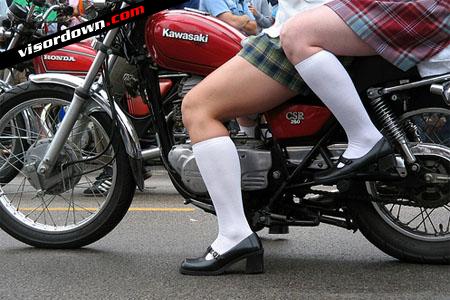
Remember... turn up in suitable clothing
If you're in any doubt about anything throughout the day then ask the instructor.
Element B - Practical on-site training
Now you're kitted up the instructor will explain about the motorcycle and show you around the controls. A bike has pretty much the same controls as a car, just in different places:
Left handlebar - Clutch, indicators and horn
Right bar - Throttle and front brake and starter (if fitted)
Left footrest - Gear selector
Right footrest - Rear brake
The instructor will show you all the other controls and how to use them as well giving a chat about basic machine maintenance, too.
You'll then be shown how to take a bike on and off the main and side stands and also asked to push the machine around and try out the brakes to get a feel for the bike's weight and braking power before you climb aboard.
Element C - Practical on-site riding
The fun bit. Once you've been taught how to start and stop the bike, you'll then learn about the importance of the bike's other controls and how to use them. Go at your own pace, listen to the instructor and don't be worried if someone else on the course is learning faster than you. You'll practise pulling away and stopping, changing gear, left and right turns and an emergency stop. You'll practise the routines again and again, until they become second nature, so you'll know exactly what to do when you get out on the road.

The instructor should explain and demonstrate everything
On-site riding should cover:
Riding - clutch control - gear changing
Braking and emergency stops
Indicating and manoeuvring - rear observation
Moving off and stopping at the kerb - turning right and left - junctions - U-turns
Balance - U-turn and sometimes a slalom course (not compulsory)

Where you look is where you'll go...
Element D - Practical on-site training
Before you go out on the two-hour road assessment your instructor will give you a detailed talk about what he/she expects. If you've not reached the required standard they may ask you to come back and practise your on the CBT site before going on the road - don't be disheartened because the instructor has your best interests at heart.
The talk should cover:
the importance of reading and understanding the Highway Code
ride defensively and anticipate the actions of other road users
use rear observation at appropriate times
assume the correct road position whilst riding
leave sufficient space when following another vehicle
pay due regard to the effects of varying weather conditions when riding
be aware of the effect on a vehicle of the various types of road surface
be aware of the need to be clearly visible to other road users (the use of conspicuity aids)
recognize the legal requirements for riding on the road
understand why motorcyclists are more vulnerable than most road users
drive at the correct speed according to road and traffic conditions
be aware of the consequences of aggressive attitudes when riding
be aware of the importance of hazard perception
be aware of the dangers of drug and alcohol use
It sounds a lot but a good instructor should make the talk entertaining and informative. Ask any questions now, even if you think you it's a daft one. It's better to get everyone singing from the same songsheet before you go out on the road.
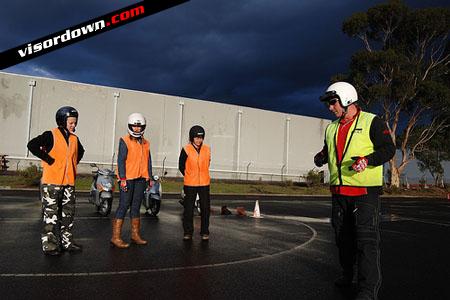
"Next step is learning to take a bloody good soaking"
Element E - Practical on-road riding
The two-hour road ride can be a fairly challenging experience, especially at the end of a long day, so discuss with your instructor whether or not you feel up to it. Don't feel obliged into going out if you don't feel ready.
The first few miles are usually a bit of a blur as there's so much to concentrate on. But don't panic, your instructor will be right behind you in radio contact, protecting you from the traffic behind. Try to stay relaxed, listen to the instruction sand remember you'll have already completed most of the manoeuvres on the CBT site already.
You will have to demonstrate that you can ride competently and safely in a variety of road and traffic conditions. Don't expect to be perfect, just show the instructor you're relaxed, in control and can ride how you were taught on the CBT site. If you have any difficulties then pull into a safe place on the left and tell your instructor.
Your training will cover how to cope with a range of hazards and include as many of the following as possible.
* Traffic lights
* Roundabouts
* Junctions
* Pedestrian crossings
* Gradients
* Bends
* Obstructions
You must repeat the following exercises (originally practised during element C) but this time in on-road conditions
* carry out the U turn
* bring the machine to a stop under full control as in an emergency
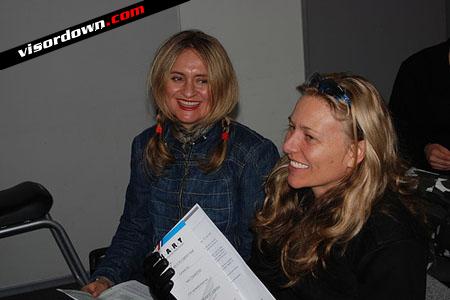
Job done...it may take longer than one day
If you have ridden to the required standard and then you will be given the certificate of completion (DL196).
The CBT certificate validates your provisional licence for 2 years. If you lose it your training centre will be able to provide you with a duplicate, usually there'll be a charge.
You now have the choice of sticking with your CBT and gaining some experience on your own 125cc bike (with L plates) or progressing to take your full motorcycle test. Your instructor should be able to give you best advise.
Golden Rules
Remember your documents
Turn up in good time
Listen to your instructor
Go at your own pace
Ask questions
Don't be disappointed if it takes more than a day
Have fun!
Useful Contacts
Kevin Williams www.survivalskills.co.uk
Bikesafe 01492 510969 www.bikesafe.co.uk
BSM 0870 902 1700 www.bsm.co.uk
BMF Rider Training 0800 328 9609 www.bmf.co.uk
Institute of Advanced Motorists 0208 996 9600
Driving Standards Agency 0115 901 2500 www.dsa.gov.uk
Department of Transport www.dft.gov.uk
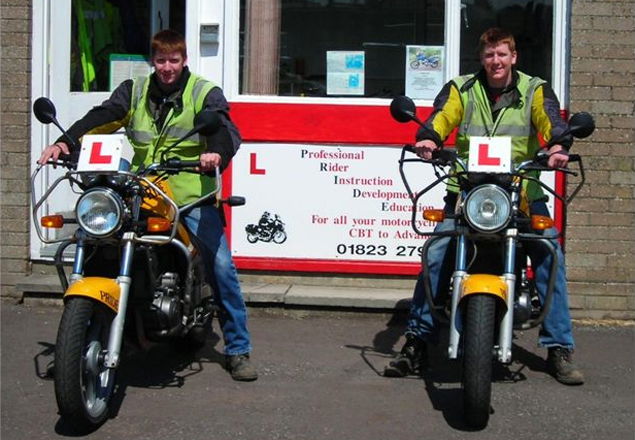
ONCE YOUR provisional licence has dropped on the door mat you're next step is to undertake Compulsory Basic Training. CBT was introduced in 1990 with the aim of reducing the high accident rate amongst novice motorcyclists by giving new riders a structured training course on learning to ride a motorcycle.
And it's worked. The accident rate amongst low-experienced bikers has plummetted since the course was introduced and Britain now produces a better standard of new rider than ever before. So what can you expect when you turn up for your first day and how can you best prepare yourself?
Article originally published August 2007, updated July 201
Every CBT course must be run by an Approved Training Body at a designated CBT training ground. The course lasts as long as it takes to complete. Experienced off-roaders usually get through in a day and total novices may take longer - sometimes as many as three or even four days! Aim to arrive a little early and ensure you've got both parts of your licence and some photo ID if needed. Taking a packed lunch is a good idea as many schools don't have facilities. Ask when you book.
The CBT consists of five elements
- Introduction
- Practical on-site training
- Practical on-site riding
- Practical on-road training
- Practical on-road riding
Element 1 - Introduction
Once you've arrived at the training school the instructor will want to see your documents. Usually a photocard licence and counterpart will be enough but some schools also insist on another form of ID, so take one along just in case. A passport's usually best.
You'll then be asked to perform an eyesight test. This entails reading a car number plate from 20.5 metres or 67 feet. If you need glasses to do this then you must use them when riding, so try reading a plate beforehand to see if your eyesight's up to the job.
The instructor will then briefly explain the importance of CBT, what it entitles you to do and what to expect during the rest of the day. You'll then be given a talk about helmets and the importance of wearing the right equipment. The school should provide helmets, jackets, gloves and sometimes boots, but you're equally welcome to use your own. If you don't have any bike kit then make sure you're wearing jeans, thermals and a fleece to go underneath the jacket if it's cold and a strong pair of boots. Tracksuits and trainers aren't a good idea.
If you're in any doubt about anything throughout the day then ask the instructor.
Element 2 - Practical on-site training
Now you're kitted up the instructor will explain about the motorcycle and show you around the controls. A bike has pretty much the same controls as a car, just in different places:
- Left handlebar - Clutch, indicators and horn
- Right bar - Throttle and front brake and starter (if fitted)
- Left footrest - Gear selector
- Right footrest - Rear brake
The instructor will show you all the other controls and how to use them as well giving a chat about basic machine maintenance, too.
You'll then be shown how to take a bike on and off the main and side stands and also asked to push the machine around and try out the brakes to get a feel for the bike's weight and braking power before you climb aboard.
